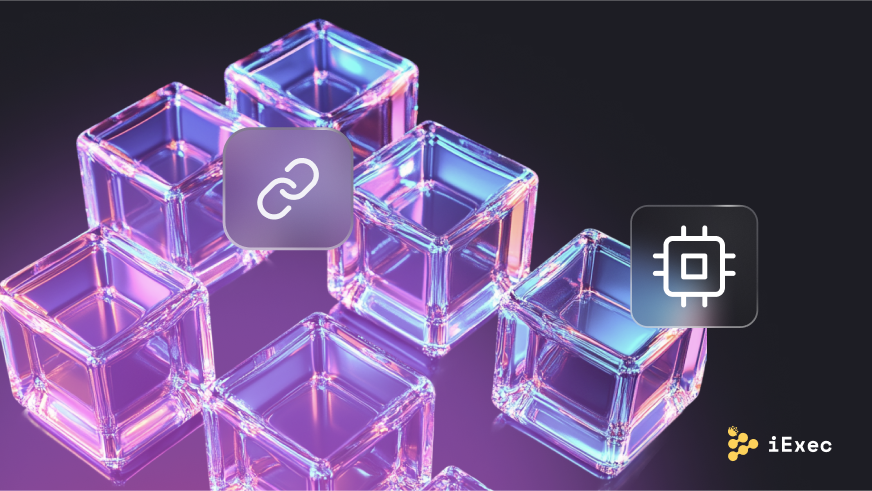DePIN: Revolutionizing Infrastructure with Decentralization

In 2025, DePIN (Decentralized Physical Infrastructure Networks) has transitioned from a niche within the cryptocurrency space to a critical component of the real world. This evolution is not merely theoretical; it encompasses tangible elements such as routers, GPUs, sensors, and solar panels, all contributing to a new kind of internet that is peer-to-peer, tokenized, and built from the edge. DePIN fundamentally alters the traditional infrastructure model by enabling everyday users to contribute compute, storage, bandwidth, or energy, and in return, they receive compensation. With a market cap exceeding $50 billion and over 350 tokens, DePIN has emerged as Web3’s fastest-growing vertical, supported by real-world deployments and increasing revenue streams.
Leading projects like iExec, Arweave, and Helium are at the forefront of this movement, utilizing smart contracts to operate their networks without intermediaries. Contributors can easily set up nodes, serve the network, and earn tokens, all while ensuring data privacy and system resilience. However, scaling these networks presents significant challenges, including the need for coordination, cross-chain interoperability, and navigating regulatory landscapes. iExec, in particular, excels in providing confidential computing infrastructure that is essential for AI, data management, and real-time applications.
Ultimately, DePIN is on the path to establishing a decentralized operating system for the physical world. This innovative approach is not only fast and composable but also represents a paradigm shift in how infrastructure is conceived and utilized. Rather than relying on rented systems, the future of infrastructure is about earning it, one node at a time, empowering individuals to take part in this transformative ecosystem.
Related News





